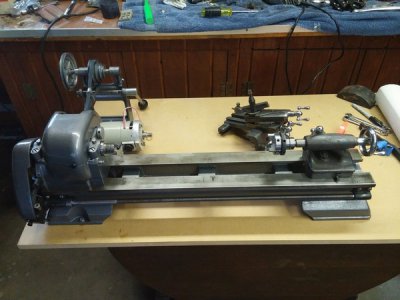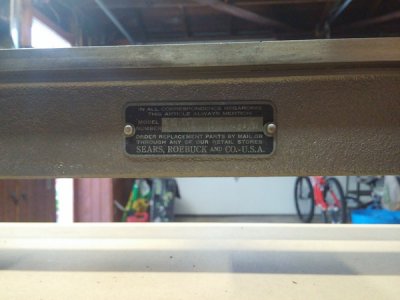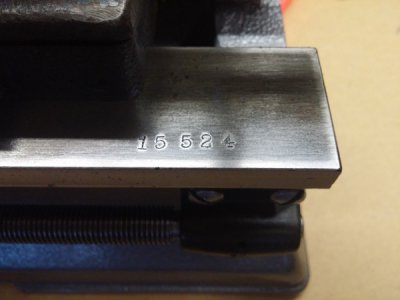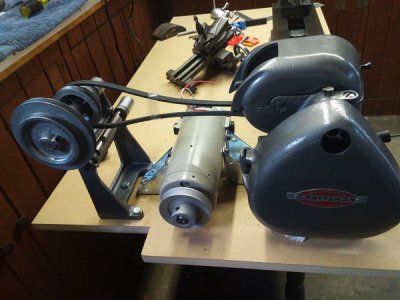Read my mind... started to post some up last night in fact, then thought, "Naw, I'll wait till it's out of mock up phase." The 3/4 MDF here is just for laying it out, he'll eventually live on an 8' Formica work table I picked up that I guess you'd almost describe as a laboratory table... the base is made from 2x2 steel tube and the top is 2" thick particle board. Need to invest in some quality leveling feet (crikey those aren't cheap, but as I've discovered, nothing is with these) but otherwise should do the trick. Not 100% on what to do with the motor yet. Like I say, the boss was decking this out, so it's one of those new adjustable speed sewing machine motors I stripped all the extraneous crap from and if I can find a vintage Craftsman motor cheap and long enough to slide it into (so far they all seem to be squat and fat not long and skinny) I'll mount it on top, otherwise I'll hide it underneath. Just not loving the modern look next to the vintage goodness. Either way, I'll hit up the local electronics surplus store for an old box/ham radio accessory of some type that can house the circuit board and speed control. A buddy of my dad's is and engraver/plaque maker so I'll just have him zip out a face plate that looks the part. If I do end up mounting the motor up top, I'm also toying with the idea of mounting the whole thing on a pre-formed kitchen counter top. That'll give me a little backsplash and sidespash to help keep shavings from wandering down the rest of the table, and if need be makes the whole set-up portable in a usable form. Just unplug it, (grab a buddy) pick it up, go where you need to go, level it, and rock and roll. Dunno why one would need to do that, but why not? Mass is mass, and 1/2 MDF glued to the bottom of the LDF the top is made from might even be stable enough in it's own right down the road if I needed a smaller layout than the 8' table. Or maybe now that I think about it I'll just cut down the table and make it a dedicated lathe stand. Ug, I really need to think this out
after morning coffee.
Speaking of mass. As I'm toying around with this thing, I'm looking at it and thinking the likely hood of me ever doing anything in which I would need to feed stock through a collet is about zero (I'm mostly going to be turning down modern 1 1/8" headsets to fit old BMX bikes, make adapters to bring road bike headsets up to BMX etc) has anyone ever experimented with making a solid main shaft? Not really convinced that I need to replace my bushings as we haven't gone far enough to do any run out tests yet, still in paint mode, but If I do the thought occurred to me to run an oversized (thinner ID) bushing, which would mean turning the shaft, which would be bad as it's so thin, which made me start thinking that for what I am using it for maybe a solid shaft will make a more stable lathe no matter what. I just keep looking at this little guy and all the weight that hangs off the end of that hollow tube, spinning madly... and my inner Tim Allen wants to say "Uh gh gh? Solid chromoly." Or maybe just press fit a solid rod into it I suppose, prolly easier, but I'd worry about it distorting as it warmed up from the dissimilar metals.









